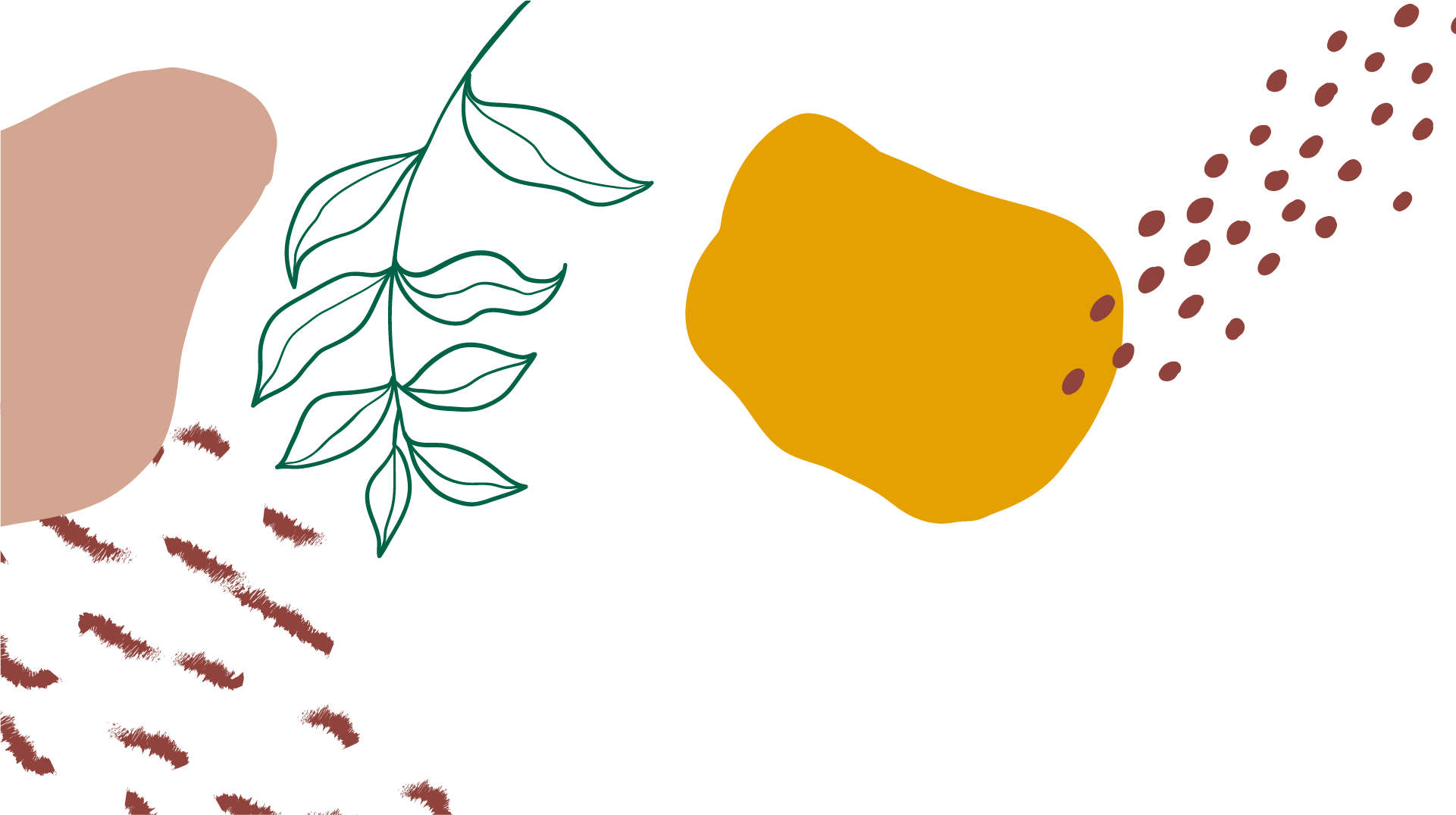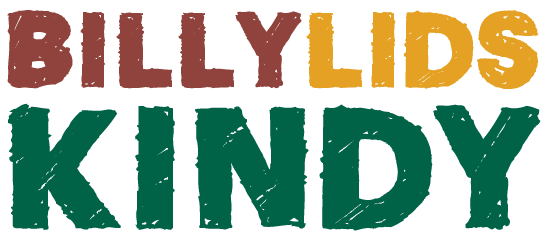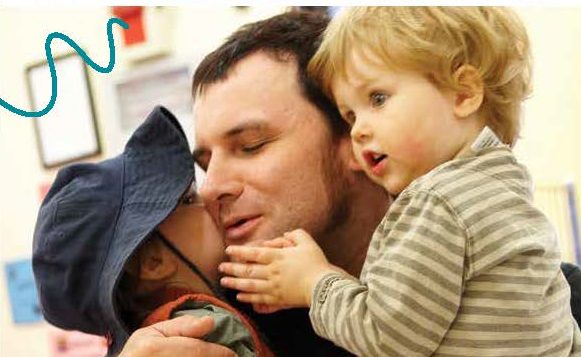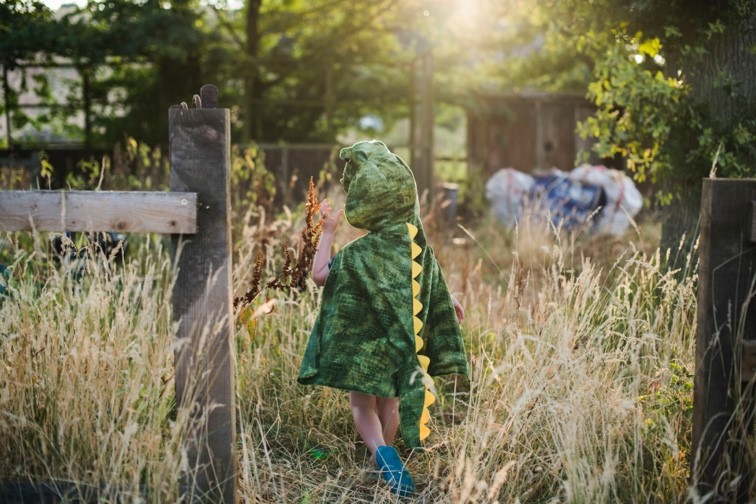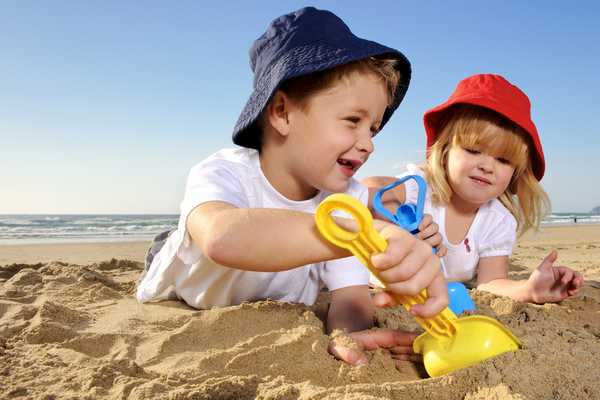
Safe summer tip
Heatstroke in children can occur without proper hydration or rest. Learn how to recognise heat exhaustion and heat stroke symptoms to keep your child safe.
Heat-related illness happens when the body’s temperature control system is overloaded. Infants and children up to 4 years of age are at greatest risk. Even young and healthy people can get sick from the heat if they participate in strenuous physical activities during hot weather. For heat-related illness, the best defence is prevention.
- Never leave infants, children, or pets in a parked car, even if the windows are cracked open.
- Dress infants and children in loose, lightweight, light-coloured clothing.
- Schedule outdoor activities carefully, for morning and evening hours.
- Stay cool with cool showers or baths.
- Seek medical care immediately if your child has symptoms of heat-related illness.
Did you know: Just a few serious sunburns can increase you and your child’s risk of skin cancer later in life. Their skin needs protection from the sun’s harmful ultraviolet (UV) rays whenever they’re outdoors.
- Cover up. Clothing that covers your and your child’s skin helps protect against UV rays.
- Use sunscreen with a SPF (sun protection factor) 50 and UVA (ultraviolet A) and UVB (ultraviolet B) protection every time you and your child go outside. (Not recommended for under 6 months)
Keeping children hydrated in hot weather on hot days, make sure you offer your child frequent drinks to avoid dehydration. If you are breastfeeding, feed your baby as often as they need during hot weather. This may be more often than usual. Have plenty of fluids yourself, including a cool drink at every feed. If you are bottle feeding you may also need to increase the number of feeds. Babies who are more than six months old can be offered small amounts of cooled boiled water, after or between feeds. Give young children regular drinks during the day. Water is best. Aim for children to drink about 1 to1.5 L (1 to 6 glasses) per day.
Dehydration in children Young children can easily become dehydrated during periods of hot weather due to sweating, and not drinking enough water.
Dehydration can also be caused by, doing lots of physical activity or exercise, having a high temperature, severe vomiting or diarrhoea – or not eating or drinking enough.
Your child may be mildly dehydrated if they are dizzy or lightheaded, feel nauseous or have a headache, have dark yellow or brown urine, have fewer wet nappies than usual, or if their nappies are less wet than usual, if they go to the toilet less often, have a dry and coated-looking tongue and mouth.
If your child shows these signs, the best treatment is to give them some water or an oral rehydration solution (such as Gastrolyte or Pedialyte). If they refuse either of these, try diluted apple juice or their usual milk. Don’t give sugary drinks such as lemonade or sports drinks as this can make dehydration worse.
Your child may be severely dehydrated if they:
are extremely thirsty, seem tired and lethargic, look pale and have sunken and dark eyes, have fewer tears than usual when crying, are irritable, drowsy or confused, are breathing faster than usual and have a fast heart rate (pulse). If your child shows signs of severe dehydration, see your GP or go to your closest hospital emergency department.
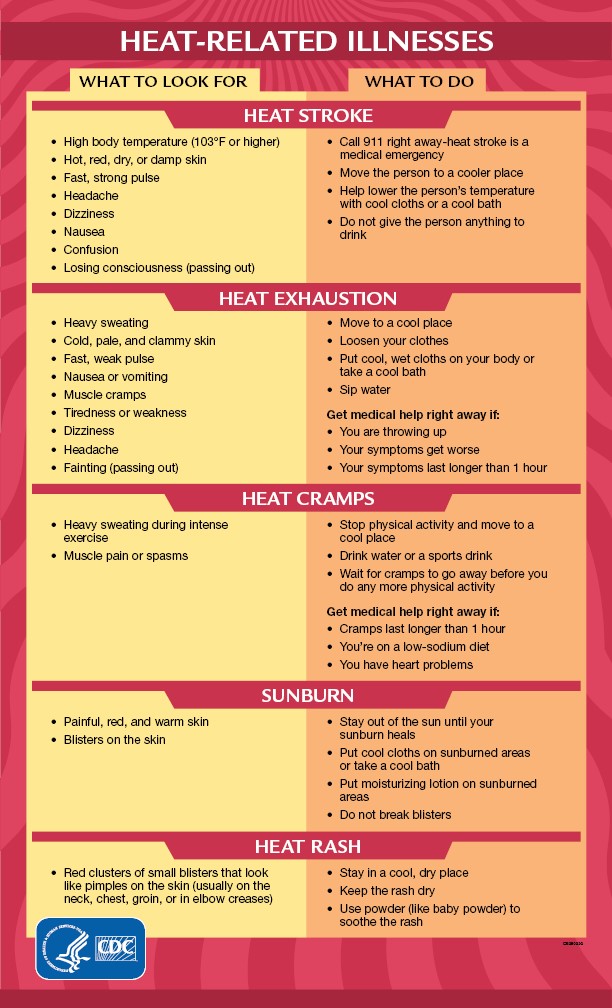
Sources:
CDC (2019, November 11). Extreme Heat. Retrieved from https://www.cdc.gov/disasters/extremeheat/warning.html
Better Health Channel (2019, November 11). Hot weather and child safety. Retrieved from betterhealth.vic.gov.au/health/healthyliving/hot-weather-and-child-safety

